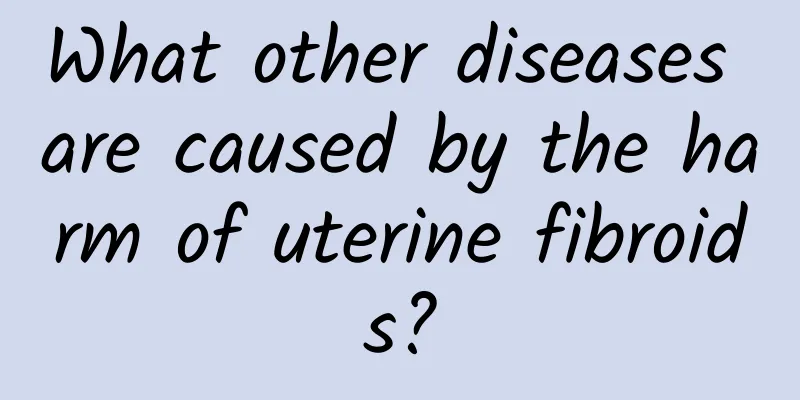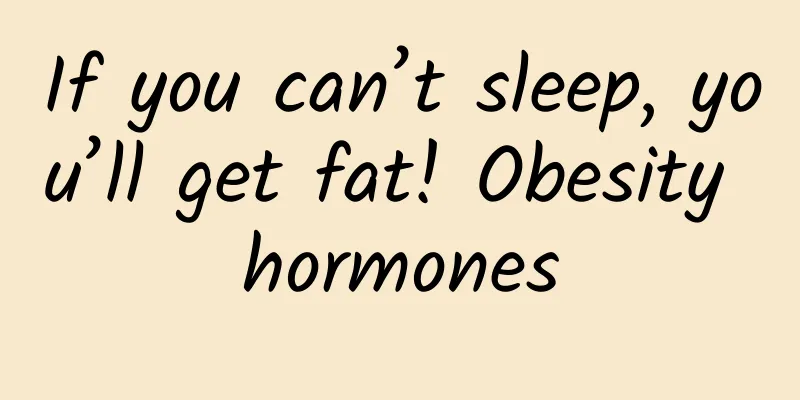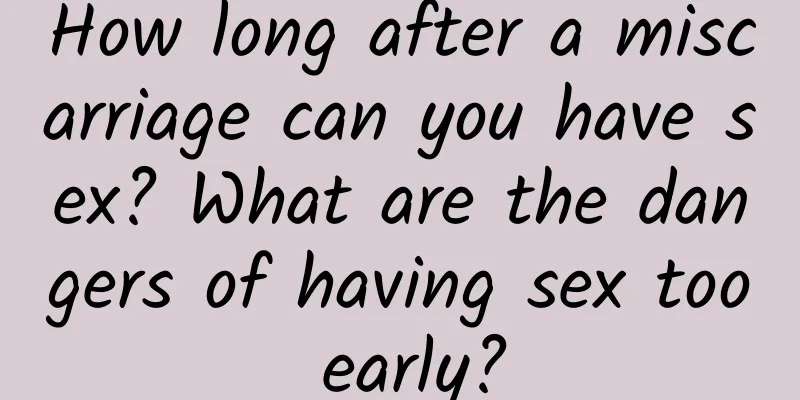What other diseases are caused by the harm of uterine fibroids?

|
Patients with uterine fibroids are most worried that uterine fibroids will cause other diseases in their bodies. So, what symptoms are caused by the harm of uterine fibroids? Are uterine fibroids really that scary? Let's find the answer from the following article. 1) Adhesion or inflammation. Subserosal uterine fibroids may cause intestinal adhesions, which may lead to intestinal bacterial infection. The inflamed fibroids may adhere to the uterine appendages, causing suppurative inflammation. On the other hand, the harm of uterine fibroids may also cause pathogenic bacteria to invade other uterine organs due to bleeding, causing gynecological inflammation such as adnexitis and pelvic inflammatory disease. 2) Secondary anemia. The harm of uterine fibroids can lead to excessive menstrual bleeding. Over time, it can cause secondary anemia and even anemic heart disease. In severe cases, patients with uterine fibroids may experience general fatigue, pale complexion, palpitations, shortness of breath and other adverse symptoms. 3) Infection and suppuration. Uterine fibroids can cause pelvic congestion and infection. The infection is mostly caused by the torsion of the tumor pedicle, while blood-borne infection is extremely rare. After infection, a few patients will form abscesses in the tumor tissue, while the rest will show suppuration. 4) Infertility or miscarriage. Uterine fibroids cause the fibroid tissue in the uterine corners to compress the entrance of the fallopian tubes. The harm of uterine fibroids can cause the uterus to deform and hinder the implantation of the fertilized egg, eventually leading to infertility. In addition, statistics show that the harm of uterine fibroids can increase the spontaneous abortion rate of patients, with a ratio of 4:1. 5) Free fibroids. Subserous uterine fibroids can twist at the pedicle, causing acute abdominal pain. In severe cases, if surgery is not performed immediately, the pedicle may be broken and a free fibroid may form. Of course, a twisted uterine fibroid can also pull the entire uterus, causing uterine torsion (mostly near the internal opening of the cervical canal). 6) Malignant changes. Uterine fibroids are benign tumors, but a small number of women still cannot escape the risk of malignant changes (the rate of malignant changes is about 1%), which is particularly prominent in older women. Therefore, those with rapidly growing fibroids or postmenopausal fibroids should be vigilant. The above are all detailed explanations of the harm of uterine fibroids. I believe everyone has realized the horror of uterine fibroids. Therefore, patients with uterine fibroids should cooperate with the doctor's treatment. If you have other questions about uterine fibroids, you can contact our online experts. Uterine fibroids http://www..com.cn/fuke/zgjl/ |
<<: What are the causes of uterine fibroids?
>>: Introduce some symptoms of ectopic pregnancy
Recommend
A simple analysis shows that injury is also the cause of cervicitis
In life, many people suffer from cervicitis. The ...
The dangers of surgery for cervical precancerous lesions
When it comes to cervical precancerous disease, f...
How to deal with amniotic fluid embolism during abortion
Artificial abortion refers to the termination of ...
When is the best time to have an abortion?
Abortion generally refers to artificial abortion....
Can I exercise if I have cervicitis?
Cervicitis is a common type of gynecological geni...
Excessive vaginal cleaning may also cause cervical erosion
Excessive vaginal cleaning may also cause cervica...
How to treat severe cervical erosion? Several methods to treat severe cervical erosion
Cervical erosion is a disease that our female fri...
To live you have to move! 3 reasons why you should exercise
What the Cofit Nutrition Team wants to tell you i...
5 minutes a day to easily get a six-pack (Part 2)
Summer is here, and cute sleeveless tops and dres...
Expert introduction: Pre-pregnancy check-up can prevent ectopic pregnancy
Regarding the prevention of ectopic pregnancy, th...
How much does it cost to treat endometrial thickening?
How much does it cost to treat endometrial thickn...
Is it really a blessing to not gain weight? Don't be silly~3 major health crises are lurking
"Great! You never gain weight!" Most pe...
Is it normal for a right ovarian cyst to be non-neoplastic? What are the symptoms?
Is it normal for a right ovarian cyst to be non-n...
What dietary issues should women with menstrual cramps and dysmenorrhea pay attention to?
Many women want to know about the diet for dysmen...
Why are lonely women more prone to amenorrhea?
Some studies have shown that women with introspec...









